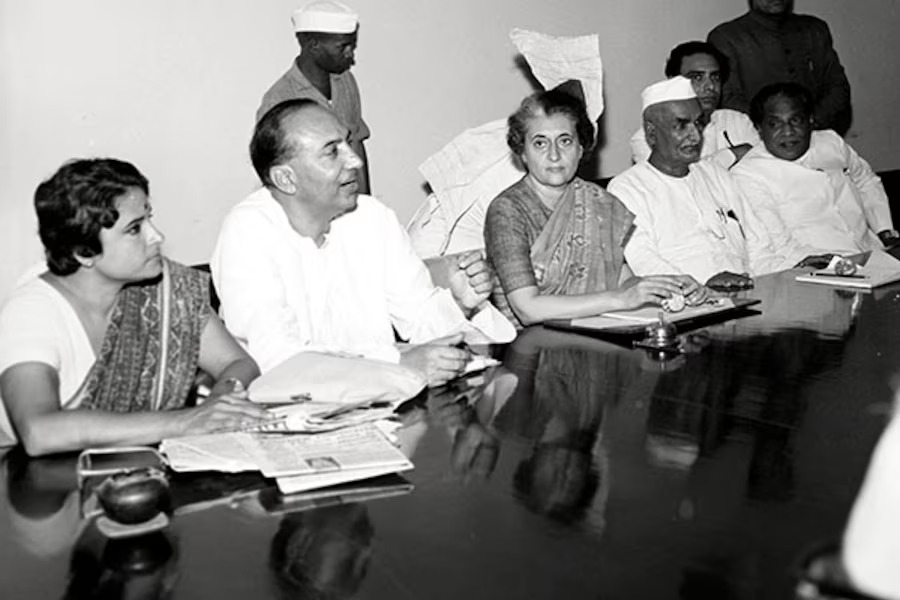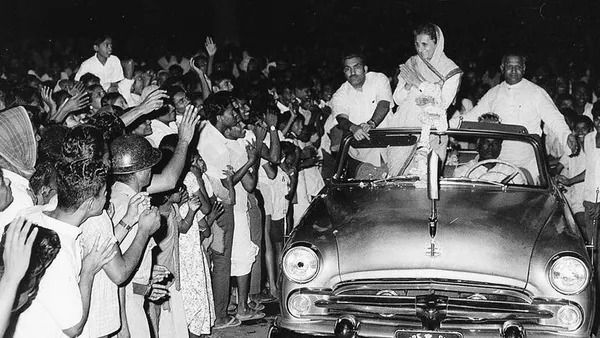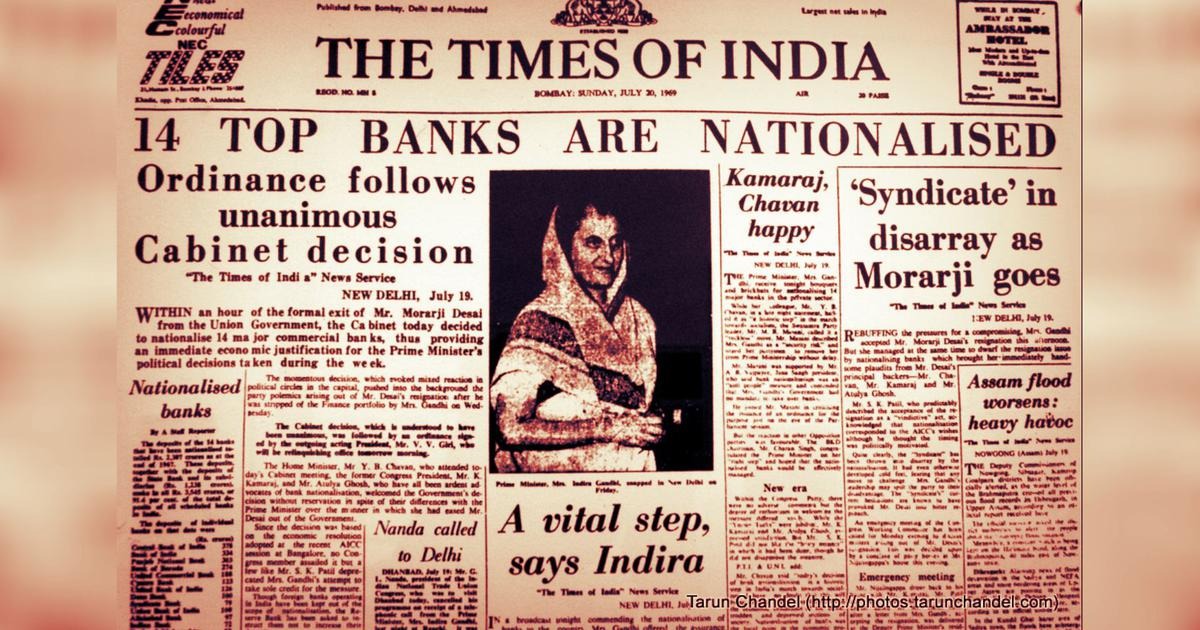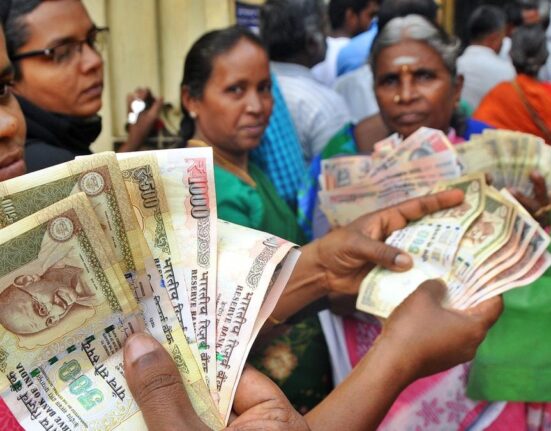परिचय
On 19 July 1969, the Government of India nationalized 14 of the country’s largest private commercial banks via the Banking Companies (Acquisition and Transfer of Undertakings) Ordinance, 1969, a transformative move announced by Prime Minister Indira Gandhi to align banking with national development goals, expand financial inclusion, and curb concentration of credit in private hands. These 14 banks together accounted for roughly 80–85% of deposits, making the decision a structural reset of Indian finance and a cornerstone of the public-sector banking era.

Background: Why nationalize?
- Developmental credit and social banking: Policymakers sought to direct bank lending toward agriculture, small industry, and priority sectors, addressing urban–rural and regional imbalances that persisted under predominantly private ownership.
- Concentration and control of credit: A handful of large private banks influenced the allocation of national savings; nationalization aimed to democratize access to credit and support planned development.
- Precedents: The State Bank of India (created from Imperial Bank in 1955) and its associate banks (1959) had already brought a large slice of banking under public control, laying the groundwork for broader nationalization.
The 1969 decision: What changed on 19 July?
- Legal instrument: The Banking Companies (Acquisition and Transfer of Undertakings) Ordinance, 1969, took effect from midnight of 19 July 1969; it was soon replaced by an Act of Parliament receiving Presidential assent on 9 August 1969.
- Coverage criterion: Banks with deposits over Rs50 crore were taken over, transferring their undertakings to new, corresponding public entities; management control shifted to the state, while staff (other than boards) generally continued in service.
- Scale: The 14 nationalized banks held about 80–85% of total bank deposits, ensuring rapid public-sector dominance in commercial banking.
The 14 banks nationalized in 1969
Commonly listed banks include:
- Allahabad Bank (now merged into Indian Bank)
- Bank of Baroda
- Bank of India
- Bank of Maharashtra
- Canara Bank
- Central Bank of India
- Dena Bank (now merged into Bank of Baroda)
- Indian Bank
- Indian Overseas Bank
- Punjab National Bank
- Syndicate Bank (now merged into Canara Bank)
- UCO Bank
- Union Bank of India
- United Bank of India (now merged into Punjab National Bank)
Note: Lists converge across standard references; some entries also highlight subsequent mergers noted above.
Immediate objectives and policy thrust
- Expand rural branch networks and mobilize savings nationwide.
- Channel credit to agriculture, small-scale industry, and other priority sectors.
- Reduce regional disparities and break private monopolies in credit supply.
Legal challenge: R.C. Cooper v. Union of India (Bank Nationalization Case)
- The ordinance and subsequent Act were challenged by shareholder Rustom C. Cooper, arguing violations of property and business rights under the Constitution (then Article 31 and Article 19).
- In February 1970, a larger bench of the Supreme Court struck down aspects of the 1969 Act (notably on compensation and certain restrictions), catalyzing constitutional changes; the judgment is remembered for reshaping the relationship between fundamental rights and state economic policy.
- The case prompted later constitutional amendments (notably the 25th Amendment) to adjust property and directive principles balances, as noted in legal summaries.
Outcomes and impact (1969–1970s)
- Rapid branch expansion in rural/semi-urban areas and growth of priority sector lending became hallmarks of the 1970s banking landscape.
- Public confidence and deposit mobilization increased under sovereign backing, while the state gained tools to align credit with development planning.
- The RBI chronology records 19 July 1969 as a pivotal date, underscoring the goal “to serve better the needs of development of the economy” through public ownership of large banks.
Second phase: 1980 nationalization
- On 15 April 1980, six additional banks with deposits above Rs200 crore were nationalized: Andhra Bank, Corporation Bank, New Bank of India, Oriental Bank of Commerce, Punjab & Sind Bank, and Vijaya Bank.
- With this second tranche, government control extended to around 91% of banking business at the time, consolidating the public-sector banking model; New Bank of India was later merged into Punjab National Bank in 1993.
Key dates and timeline
- 19 July 1969: Nationalization of 14 major commercial banks via ordinance (later replaced by Act with Presidential assent on 9 August 1969).
- 1970 (February): Supreme Court ruling in R.C. Cooper v. Union of India strikes down parts of the Act, influencing later constitutional changes.
- 15 April 1980: Second bank nationalization—six more banks taken over (deposits >Rs200 crore).
Why it mattered
- Financial inclusion: Public ownership enabled mass branch expansion and priority sector credit, integrating rural India into formal finance.
- Developmental statecraft: Credit policy became an instrument for agricultural and small-industry growth during the planned-development era.
- Structural shift: By bringing deposit-dominant banks under public control, India reoriented its financial architecture toward social banking goals that defined subsequent decades.
Interesting notes
- Indira Gandhi foreshadowed the move in party forums (famously via “Stray Thoughts on Bank Nationalization”), framing nationalization as essential to social justice and development.
- The 1969 ordinance-to-Act sequence moved swiftly: ordinance at midnight on 19 July, followed by a bill passed within weeks and Presidential assent on 9 August 1969.
- The Supreme Court’s Cooper judgment became a landmark in constitutional law, with far-reaching implications beyond banking policy.

निष्कर्ष
India’s 1969 bank nationalization brought the commanding heights of commercial banking into the public sector to redirect credit toward national development and inclusion, followed by a second tranche in 1980 that cemented public-sector dominance. Despite legal contestation culminating in the R.C. Cooper verdict, the policy reset transformed branch networks, deposit mobilization, and priority lending, leaving an enduring imprint on India’s financial and developmental trajectory.








इस बारे में प्रतिक्रिया दें